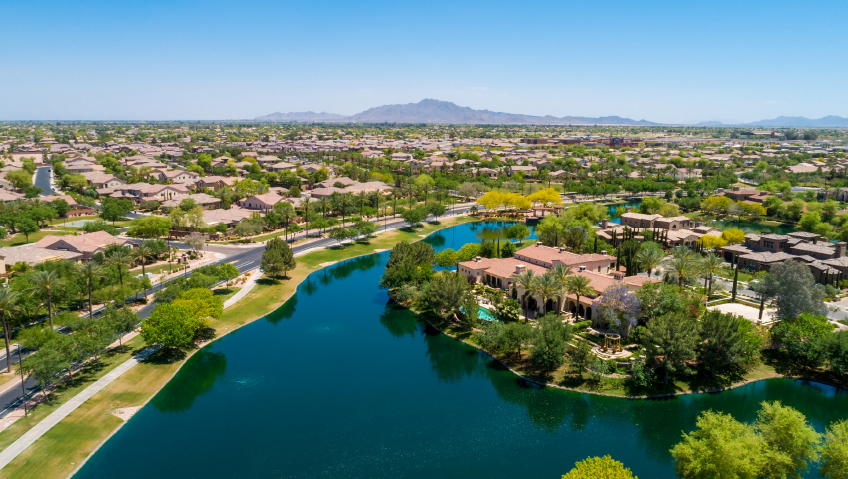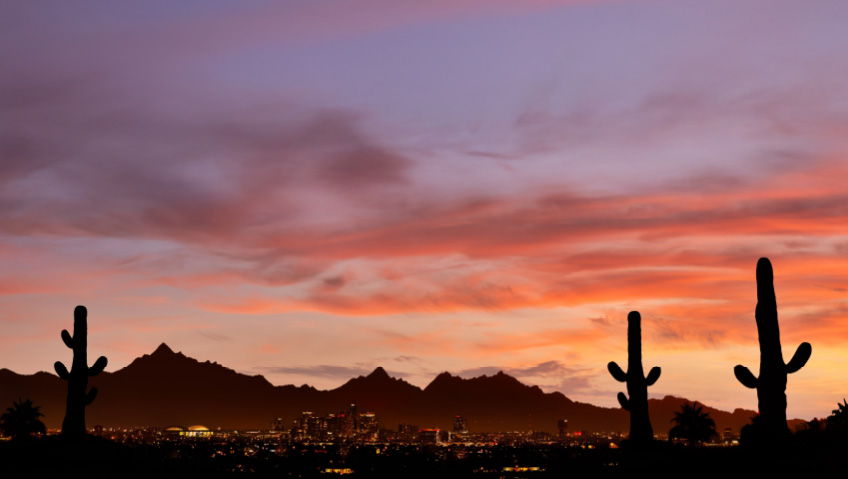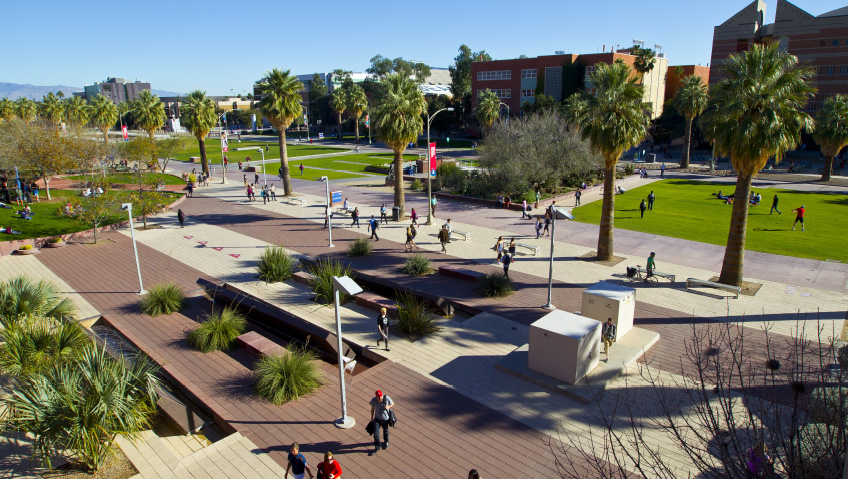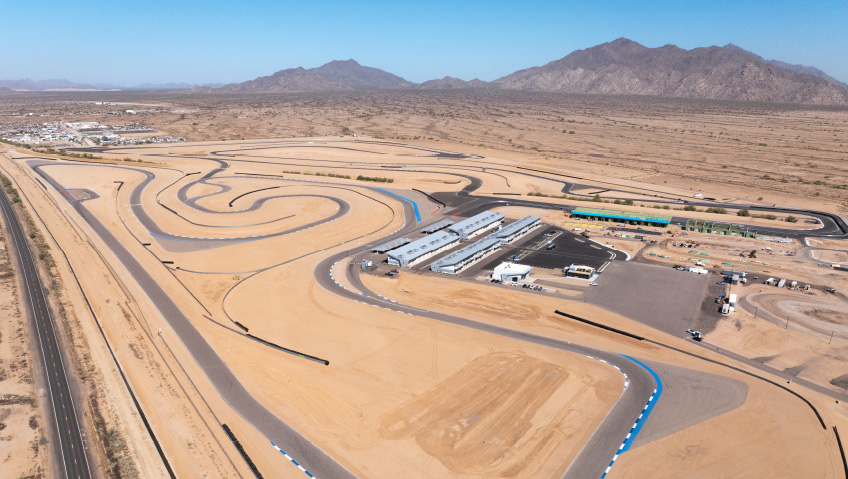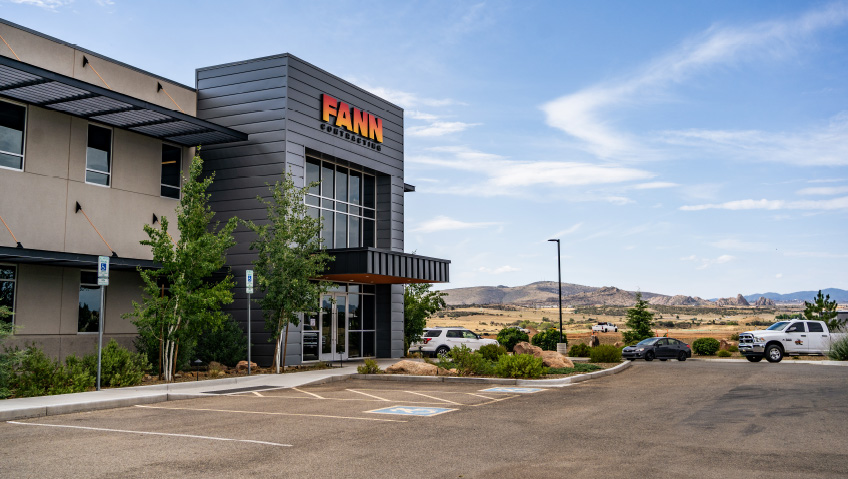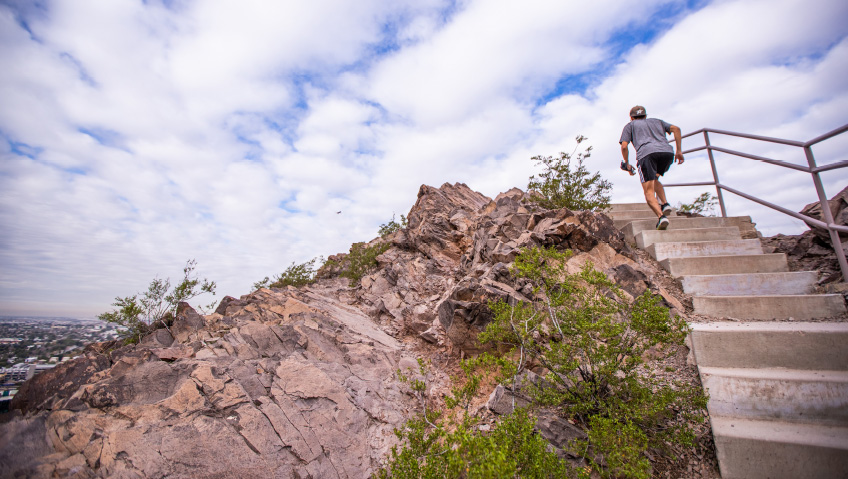Chandler, Arizona lies southeast of the state’s capital, Phoenix, with a population nearing 300,000 people. Founded and incorporated over a century ago, the city is known today as a central place for innovative businesses and exciting new technology.
Since we last spoke in 2022, Economic Development Director Micah Miranda says that Chandler has seen near-record job growth, largely the result of on-shoring efforts by the city’s advanced technology manufacturers, specifically those within the semiconductor and advanced manufacturing supply chain. These industries are leading the pack in growth, with jobs opening quickly across engineering disciplines with positions in mechanical, electrical, and software engineering.
“It’s been a very busy year for the city,” Miranda says.
Several businesses in these booming sectors have opened new facilities in Chandler, such as Edwards Vacuum and Yield Engineering Systems. Miranda says that the construction and operation of these new facilities are capital-intensive projects that depend on the city’s high-quality workforce, existing infrastructure, and community expertise in supporting advanced manufacturers.
Chandler always thinks ahead in terms of creating a desirable environment for business growth, and Miranda says that product is what wins projects. For this reason, the city has for years encouraged the speculative development of high-quality office and industrial buildings that suit a wide variety of industry location needs. When the right business project presents itself, Chandler is then well-positioned to land it. Most of these businesses have tight project timeframes that do not work if a new building needs to be constructed.
Miranda says that Chandler approaches economic development through a couple of core pillars. The first of these is financial stability, as the city takes pride in being a stable community in which to do business. In fact, it is one of only about 40 communities across America that have a triple-A bond rating from all three rating agencies.
The city takes this development pillar very seriously, and Miranda says that one’s investment will be safe in the city.
Workforce is the second pillar of economic development, and Chandler enjoys a positive feedback loop wherein its companies employ highly educated workers, and these companies and workers support area school districts, charter, and parochial schools to ensure the best educational opportunities and outcomes for future generations.
“We have a pro-business environment,” Miranda says, and both the mayor of Chandler and its city council have been clear in their efforts to think creatively to solve problems on behalf of the city’s partners.
When it comes to businesses looking to get started in Chandler, he says the biggest piece of feedback he receives is how easy it is for new companies to work with city staff across all departments. The process starts with economic development and goes through planning, engineering, civil site work, and more, in a seamless process to ensure new companies do not get lost in the shuffle. Prospective businesses are assigned a project manager on economic development, who works together with other departments and external stakeholders such as the school district and the state of Arizona on matters of available incentives, or with the county on regulatory issues.
Part of the city’s communication strategy is to let businesses know the Chandler Economic Development Division should be the first point of contact if they are planning to move to the city or considering locations throughout the greater Phoenix region or Arizona. These days, businesses need to move faster than ever, so the city’s ability to respond quickly and effectively is a definite incentive.
While regulation can be a sticking point for on-shoring businesses, “Our job is to make it as frictionless as possible for businesses coming to Chandler,” Miranda says.
There are still a few challenges that the city continues to proactively navigate: namely water. However, Chandler is unique in that while it is in a desert, it has secured and maintained a diverse water resource portfolio.
The city has access to several water sources: Salt River Project (SRP); Central Arizona Project (CAP); and a well-supplied aquifer. The surface water provided by SRP and CAP is a significant resource for Chandler, but the long-term commitment to maintaining its well fields has proven to be a differentiator to managing a thriving and resilient community.
Miranda says that Chandler currently has 15 years of water supply underneath the city. To support this, it has been investing in its water recapture system, with every drop of water being captured, recycled, and reused, either in industrial processes, irrigation, landscaping, or other non-potable uses. With further investment into a sustainable water infrastructure system, the city has been well prepared to deal with water problems for decades.
Another challenge is that Chandler itself is running out of raw land, with approximately 95 percent of land being built upon, so the city is rethinking growth and development, including verticality. Miranda says that the city will become denser over time, but because of the limited availability of raw land, it will become more selective in the types of economic development projects it proactively pursues, with greater attention paid to projects that have a long-term, significant economic benefit to the community.
Chandler has been immersed in business and economic development for 50 years now, with Miranda saying that there is not a city in America that has more experience with companies on-shoring or developing new technology. The city knows everything about how to get campuses and individual projects up and running quickly, with decades of experience supporting companies that have invested billions of dollars into Chandler.
Miranda says that many Fortune 500 companies come to Chandler because of the city’s reputation for getting businesses operational quickly. Many companies are up and running within six months as opposed to as long as two years elsewhere in the country. Its efforts have earned Chandler the moniker of Innovation and Technology Hub of the Southwest.
From the top down, city leadership is committed to having Chandler be a great place to live and where businesses can flourish. Although the title is a lot to live up to, Miranda says that it is ingrained in Chandler’s DNA and the city will continue to lean into its unique identity.
Going into 2024 and beyond, the emphasis will be on how the city can maintain and increase economic vitality through verticality. The city will be updating its general plan over the next couple of years and gathering community input on what that will look like. The office market is beginning to see a rebound in the number of leads from office leasing projects, with interest primarily driven by a strong local labor force, which is one way that the city will stay competitive.
Chandler is one of the most educated cities in America and Miranda says it will continue to grow in that respect, with the city investing in workforce development programs and forging partnerships with higher education institutions to remain economically competitive for high-value projects. The City of Chandler’s future is as bright as ever, and it welcomes all to bring their innovative ideas and projects to its flourishing business community.

